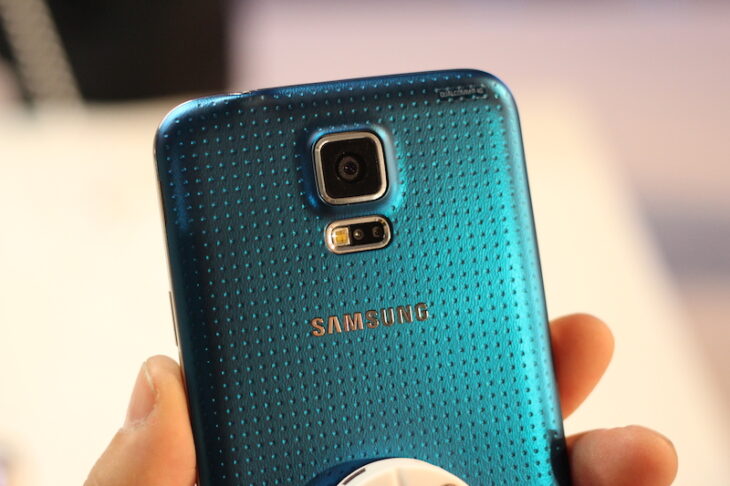Podcast: Play in new window | Embed
Doug asked: “I have Galaxy S5 smartphone and I see there are couple different options to do wireless charging. One is a device that you put in the phone, above the battery. The other I see is that you can buy a new back for the phone to do wireless charging. Is one way better than the other? Also, I hear that wireless charging creates too much heat and can burn up a battery. Are there chargers that do better at this? What do you recommend for wireless charging for an S5.”
Both devices will achieve the same thing. Samsung’s official battery Wireless Charging Cover is probably the best option, since it won’t make the phone much bulkier and it will cost you the same as other options and is designed specifically for that device.
It’s also built so you don’t have to put anything on the micro USB port at the bottom, so you can keep that port plugged so the phone can maintain its water resistance. At a little bit over $20 (or $30 if you buy directly from Samsung), so it’s not prohibitively expensive either.
You should remember that these covers that attach to the phone are half of the system, you also need a charging pad, Samsung official S-pad sells for about $50 however, even Samsung will tell you that their pad is “compatible with Qi devices.” That’s because there’s nothing special about their charger, it’s just a standard Qi charger that happens to come stamped with the Samsung brand, but it does comply with Qi standards. That means that you can buy a $6 or $7 charger if you don’t want to spend $50 on Samsung’s own.
For example, Dave has been powering his various Samsung Note device with a TYLT Vu and they have all worked just fine.
You asked about the heat produced, and yes, charging with a wireless charger does produce more heat, and heat does affect the battery negatively. It probably won’t be a huge problem over the life of the device, considering people are keeping their phones for less and less time these days but over time your battery would probably age better if you were plugging it in to charge. It’s probably not a huge concern, but it’s good to be aware of it.
You asked about the heat produced, and yes, charging with a wireless charger does produce more heat, and heat does affect the battery negatively.
The other thing that you should know is that wireless chargers are slower, so if one day you need to charge your phone as quickly as possible before running out the door, plugging it in will be a better choice.
99% of the time you should be fine, though. Wireless chargers may be slower, but we’re not talking about needing a whole evening to power your device, just a little longer than if you were plugging it in.


